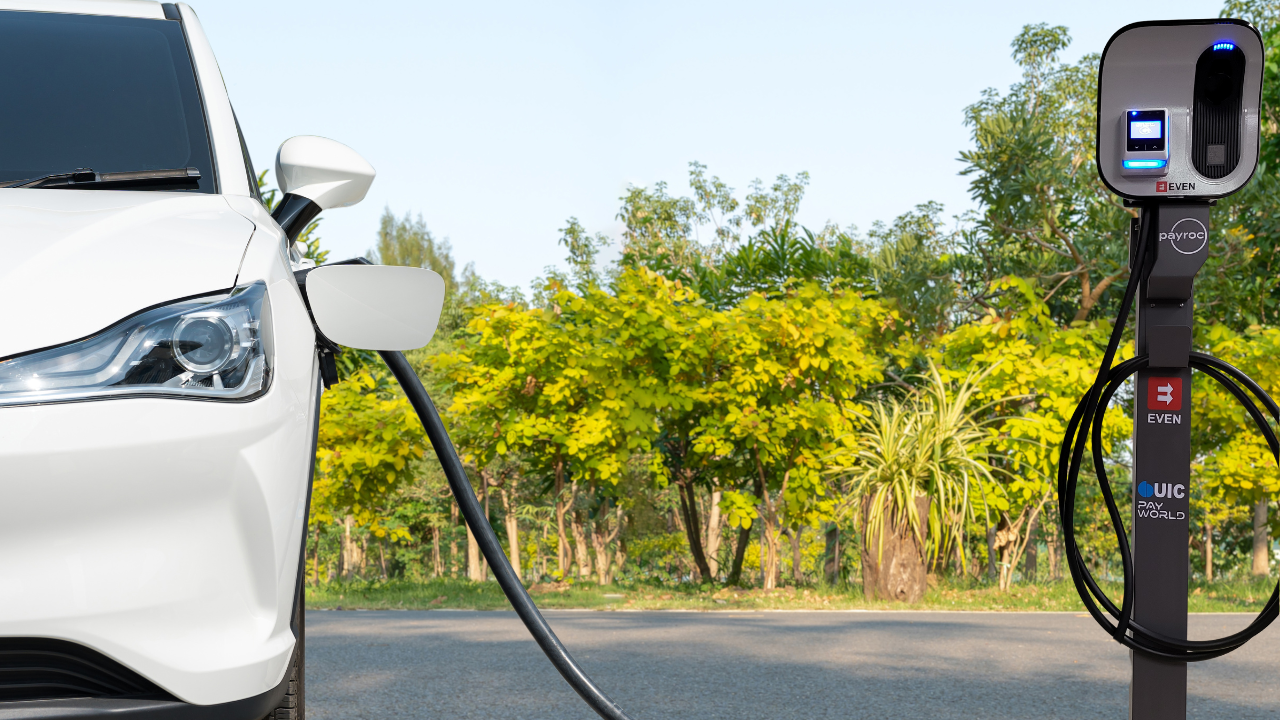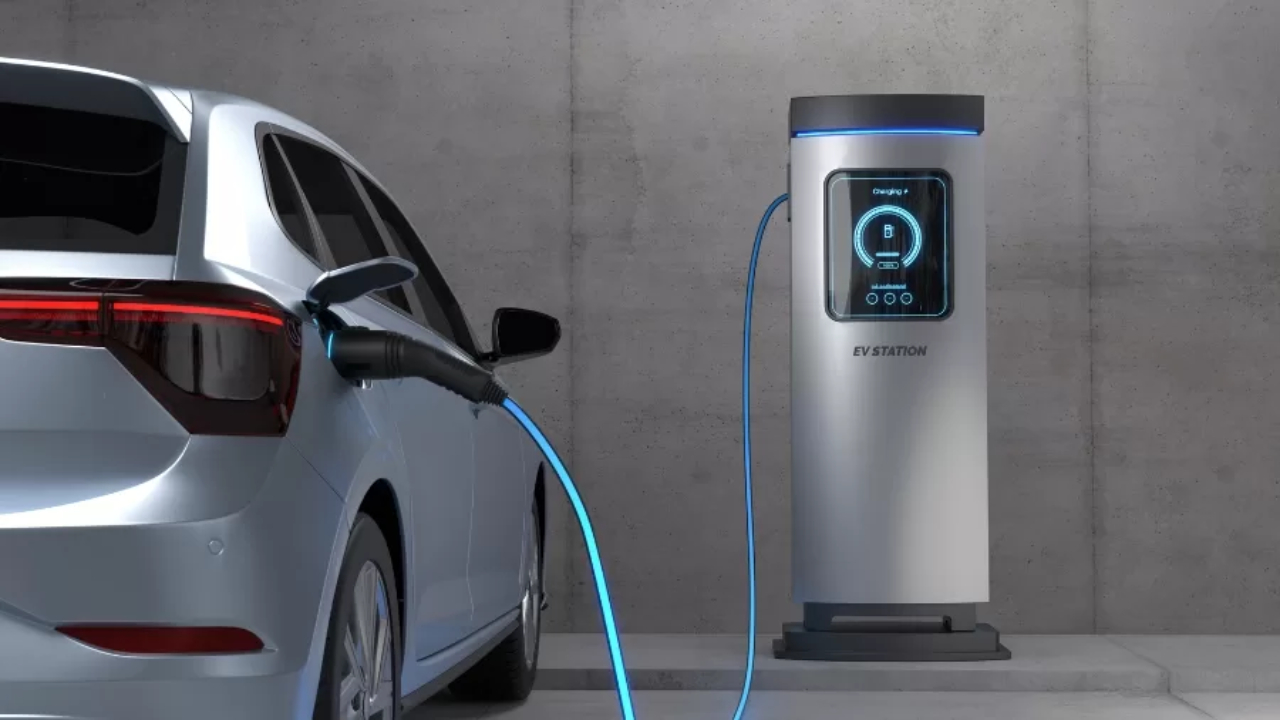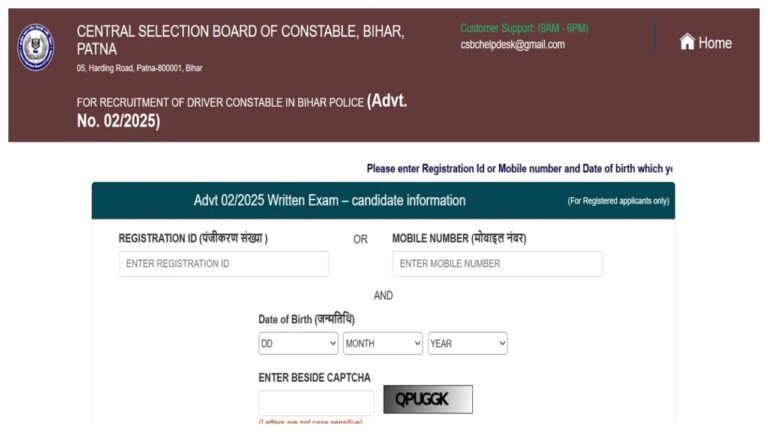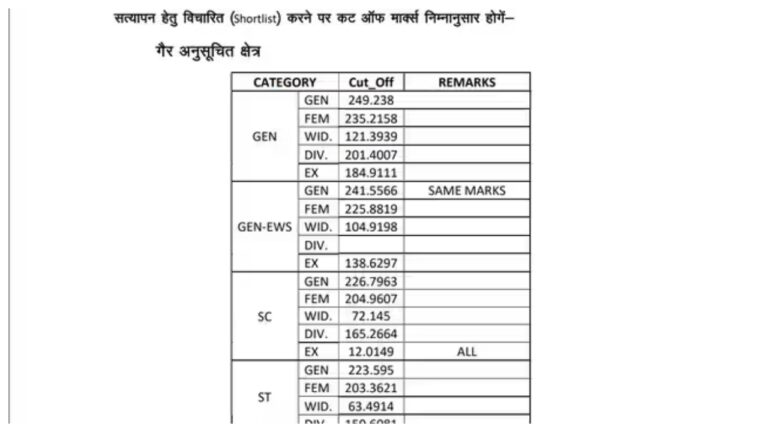EV Boom vs Charging Reality : You will want an electric vehicle (EV) for the first time, and it excites you because it is cleaner and more cost-effective, but the next question everyone has in mind is how to charge it. Well, this indeed is a question all Indians would be thinking of in 2025. While there are many questions regarding EVs, there is one question existing infrastructure is likely to be quite uncertain about- Whether or not India is ready with EV charging infrastructure for mass adoption?
Indeed, progress has been made in the last couple of years concerning India and EV charging stations. India will have over twelve thousand public charging stations around the country, and the increase is continuous until 2025. Delhi, Mumbai, Bengaluru, and Hyderabad have cities leading them in terms of chargers. Many shopping malls and office buildings, even petrol stations, now have EV charging points. Most major private players, such as Tata Power, Ather, and ChargeZone, are expanding their networks-Making charging easier for urban areas.
But there is still a huge gap between the cities and rural parts of India. While bigger cities have generally improved in embedding their metro support for EVs, smaller towns and villages have barely a single charging station. Thus, very difficult situations arise for the users during their long-distance travel services through EVs, and this brings forward the feeling of “range anxiety,” which is running out of charging without a single charging point in the proximity. In order for EVs to become common throughout the country, infrastructure has to grow beyond the urban centers.

Most of the now EV users charge their cars in domestic slow chargers, and this works quite well for almost everyone except for the fact that public fast chargers are needed for people who are always on the go. Fast chargers can charge up to 80% of a car in less than an hour, but they are still scarce and a lot of the time occupied. The convenience in use will be brought by the availability of fast charging stations everywhere.
The government of India is also behind increasing policies intended to power EV growth under FAME, as well, in terms of lucrative investments they entice commercial organizations to establish charging stations throughout highways, housing societies, and commercial spaces. Some even oil companies like Indian Oil and Reliance have concentrated their finances on establishing EV charging stations, which is also quite motivating.
India has done well, actually, by taking most rings in favor of adopting EVs; however, it is still not fully equipped to cater to mass-use charging-based developments. Real change will come closer on the ground in India before connected infrastructure facilitating the efficient adoption of EVs by all Indian citizens becomes a reality. Or so the future has come; put that future on the charge. It must happen sooner.










